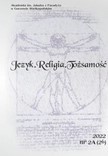
Hasła ekologiczne – od ulicznego transparentu do viralu
The article presents the results of a linguistic and stylistic analysis of 500 Polish-language slogans used during street protests of the Youth Climate Strike in years 2019-2020. The primary goal of the study was to show the treatments that transform street slogans into viral content and internet memes spread on social media. The analysis determined the constructs of the sender and receiver used, types of speech acts, rhetorical figures, mechanisms of language games and intertextual references.
More...
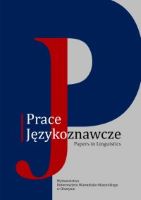
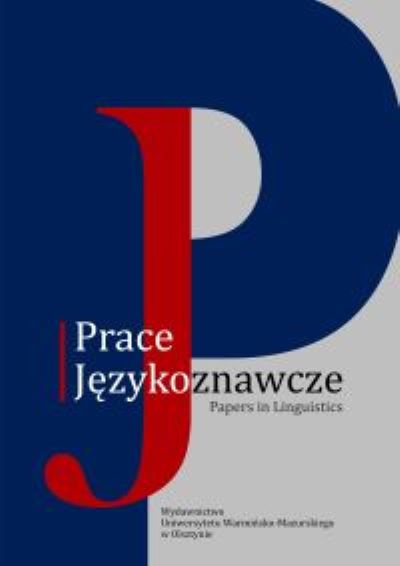
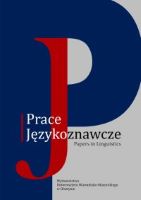
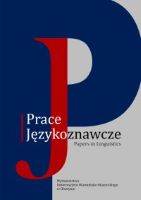
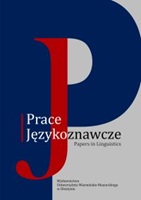
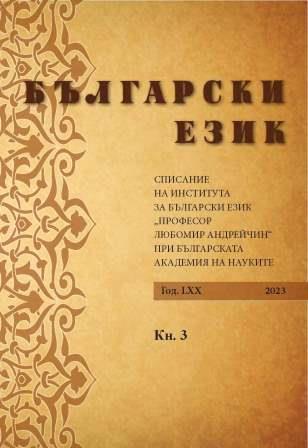
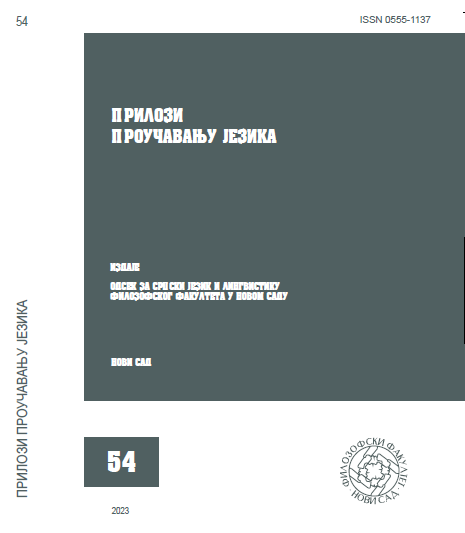
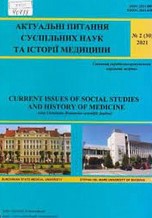
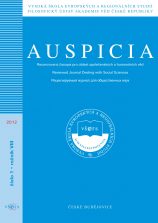
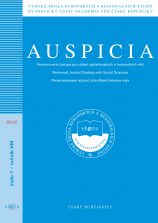
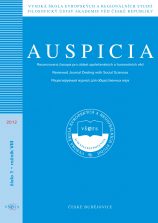
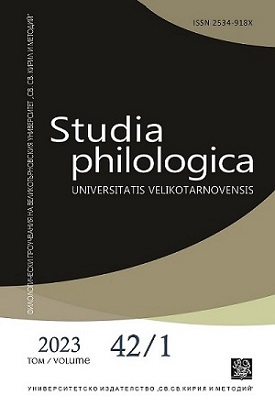
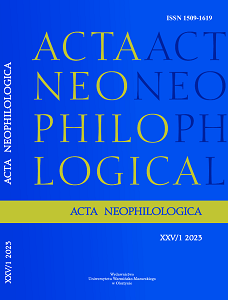
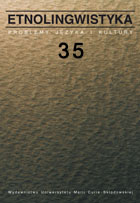
![El inútil de su hijo: La construcción [DET{det/demost} ADJ de PRON{pos} N] en espanol](/api/image/getissuecoverimage?id=picture_2023_81481.jpg)